Automated Positive Pay: Top Challenges
September 21, 2023
ARTICLE- In the current digital economy, accounts payable teams encounter ever-evolving demands and a pressing necessity to implement efficient practices like automated Positive Pay to counteract check fraud effectively. However, implementing automated Positive Pay in 2023 presents distinct and unparalleled challenges. This article delves into these unique challenges and unveils a revolutionary solution called iCloudAuthority's ePositive Pay—an innovative cloud-based application meticulously tailored to meet the specific needs of NetSuite users, providing automated Positive Pay functionality to tackle check fraud with precision and efficiency.
Navigating the Landscape of Challenges
Positive Pay files integration with diverse banking systems presents significant hurdles for AP teams. Let's delve into these challenges in more detail:
- Technology Integration - The banking sector's technological landscape comprises a mix of legacy systems and innovative technologies. Integrating automated Positive Pay solutions with these disparate systems is complex and often leads to data handling inconsistencies. According to a Deloitte report, 53% of banks consider integrating existing infrastructure a top challenge in technology adoption.
- Data Privacy and Security - In an era of rampant data breaches, safeguarding sensitive information is paramount. Banks hold valuable data, and automated Positive Pay systems must ensure robust data protection. The Ponemon Institute reported that the average cost of a data breach in 2022 was $4.24 million, underscoring the financial consequences of inadequate data security.
- Real-Time Processing - Today, banks are transitioning to real-time transaction processing. Ideally, a Positive Pay solution should keep pace with this requirement. However, achieving real-time verification remains a significant obstacle for many organizations.
- Customer Adoption and Education - Customer education is crucial in adopting new technologies like Positive Pay. A PwC survey found that 75% of consumers would avoid a financial product if it were too complicated. Addressing this challenge requires effective communication and education strategies.
- Regulatory Compliance - The heavily regulated banking sector demands compliance with local, national, and international regulations for every implemented solution, including Positive Pay. This adds complexity to the system's rollout and ongoing maintenance.
- Fraud Detection and Prevention - The continuous evolution of fraud tactics necessitates updating Positive Pay systems to combat emerging threats effectively. The Association of Financial Professionals reports that 74% of organizations experienced actual or attempted payment fraud in 2022.
- Scalability - As banks grow, they must handle increased transaction volumes with scalable solutions. Existing Positive Pay systems often encounter scalability issues, impeding efficient operations.
- User Experience - Ensuring a seamless user experience for customers and bank employees is essential. Balancing user-friendliness with high-security standards poses a delicate challenge for Positive Pay solutions.
- Costs and ROI - Implementing automated Positive Pay entails significant investments, and banks must carefully evaluate the cost implications and potential return on investment. Accenture's study revealed that 45% of banks struggle with determining the ROI of their technology investments.
- International Operations - A one-size-fits-all Positive Pay solution must adapt to different countries' regulations and requirements for multinational banks. This adds another layer of complexity to the implementation.







